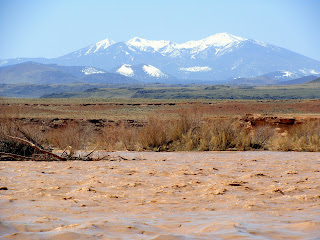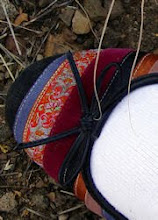I like to explore the wilderness and I particularly love the shape and form of trees, rocks, and boulders. Today I would like to share with you one of my favorite trees, the alligator juniper. I hope you enjoy these alligator juniper photos and that they help you to appreciate their character as much as I do.
These trees are fairly common here in Prescott. They take an incredibly long time to grow because they live in such an arid landscape. When I walk in their shade, down nearby hiking trails, I take note that some are hundreds of years old.
This is a nice specimen with a full canopy. I took this photo on Prescott trail 62, near The Ranch at Prescott. This tree could be a couple of hundred years old. Not many of the trees that I've seen are this symmetrical or this full.
I'm not sure why some of the alligator juniper branches die and break off, but this seems to be pretty common also - at least around here. I took this photo on Prescott trail 301 (near the Lynx Creek Pueblo ruins). It was sheltering a nearby, hollowed out alligator juniper tree tunk (below).
I just had to stop and take several photos of this hollowed out, dead, alligator juniper tree tunk. It reminds me of a crazy, pointed crown. The colors are lovely, and the branch near it is covered with green moss.
Alligator junipers have a very distinctive bark with a scaley appearance (thus the name). The scale colors range from gray to brown.
As the trees form branches, the scales grow around them. When the branches die and fall, they leave a distinct "hole" around what is left of the dead branch.
While the trunks have a scaley pattern, the branches have the look of shaved chocolate - brown and peeling away (yum).
On Prescott trail 62 in January, I came upon an alligator juniper that had dropped most of its berries. This is a close up of just a few of the thousands of berries that blended with the carpet of juniper needles.


















